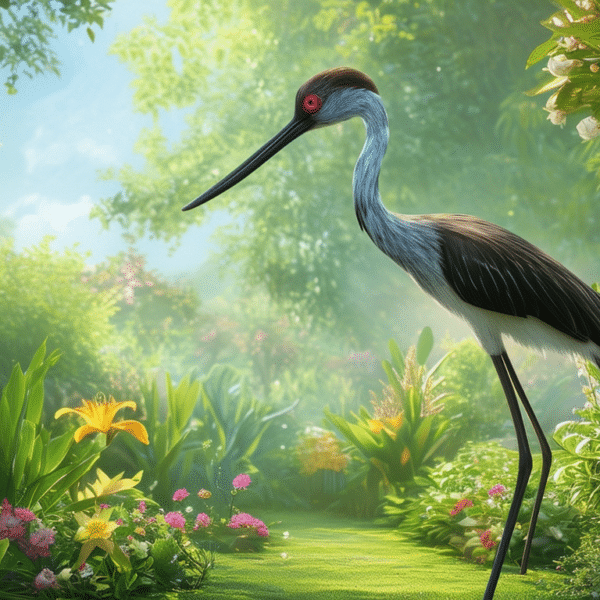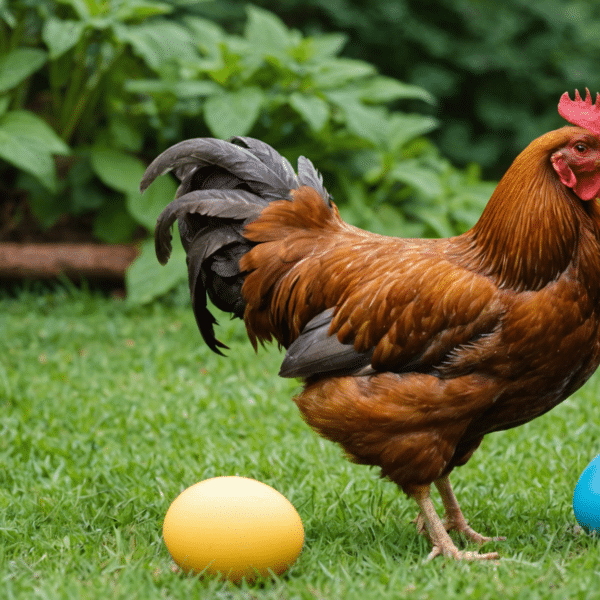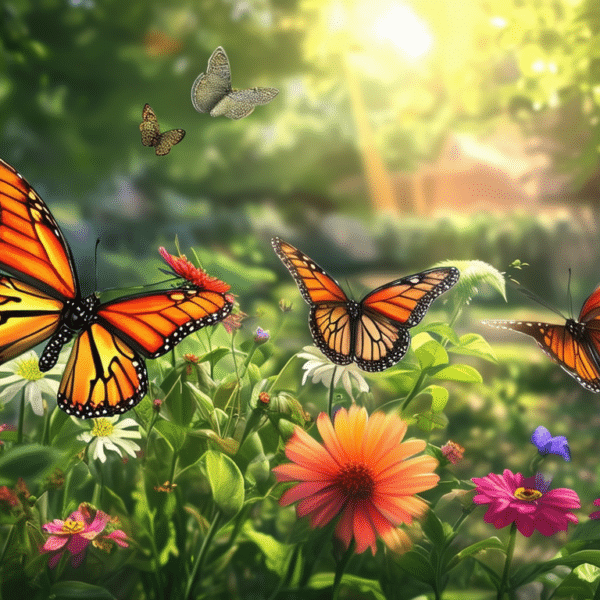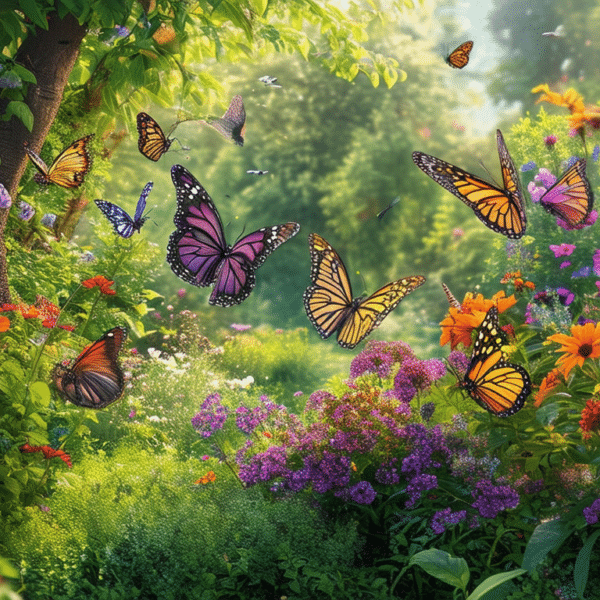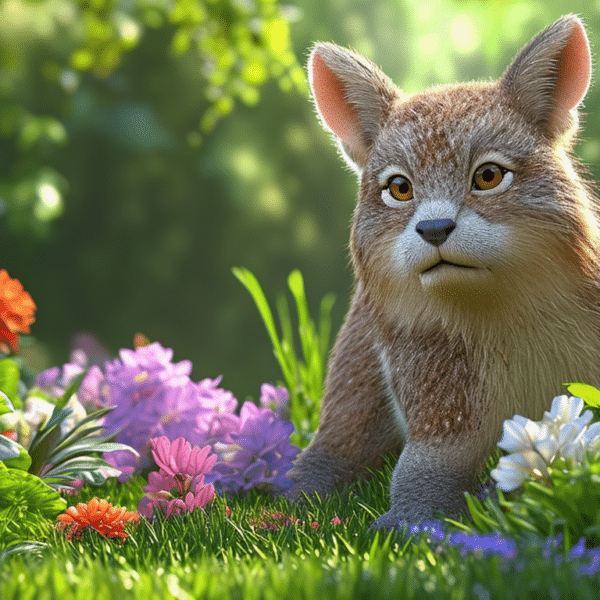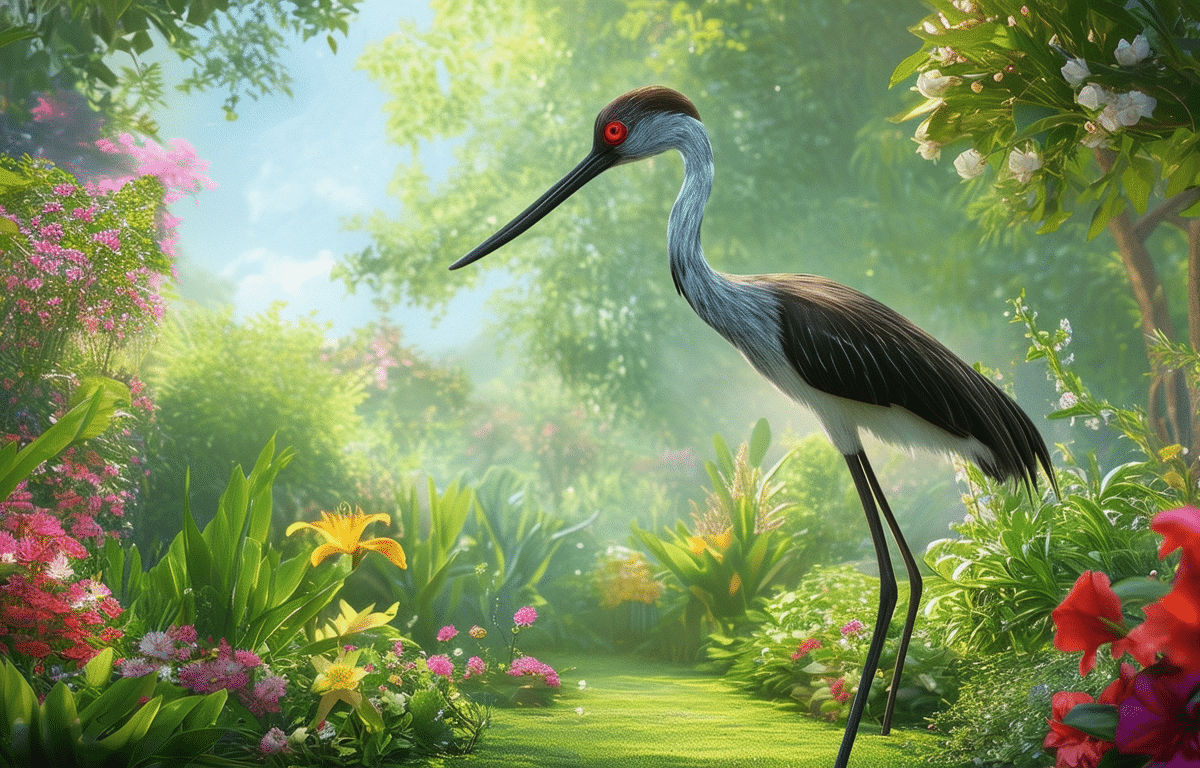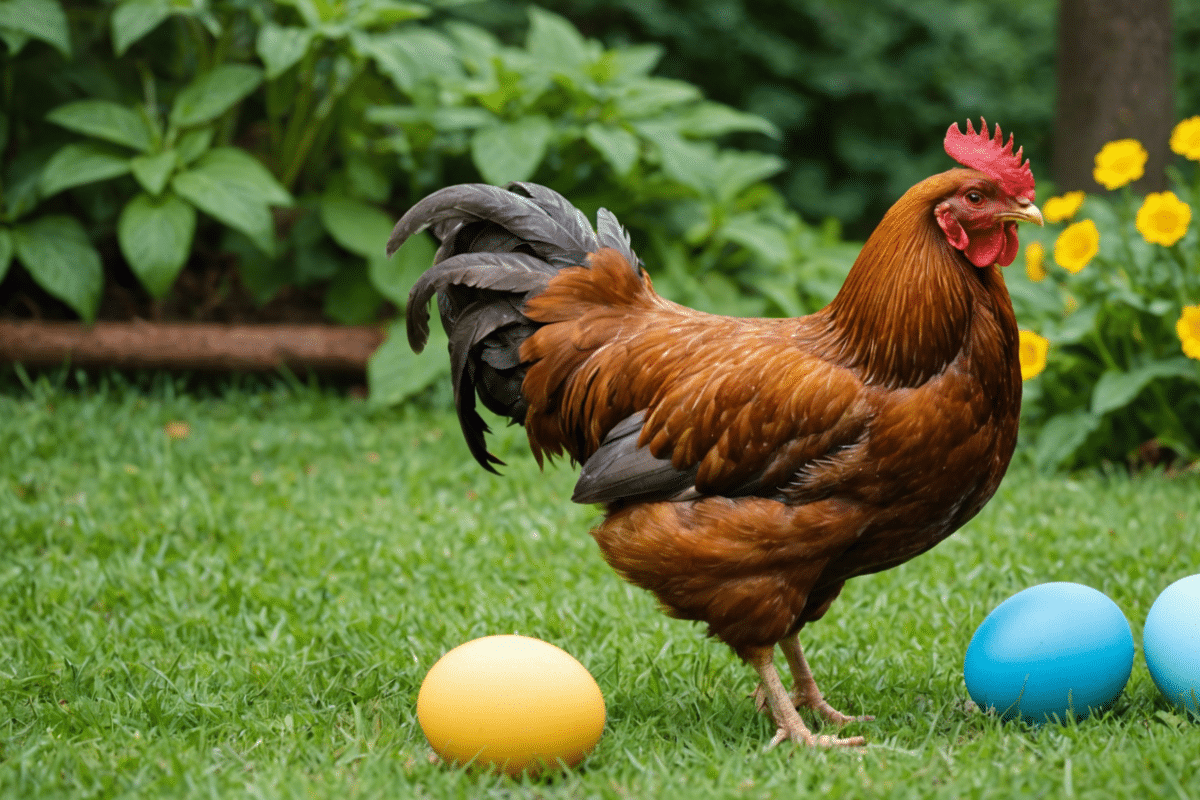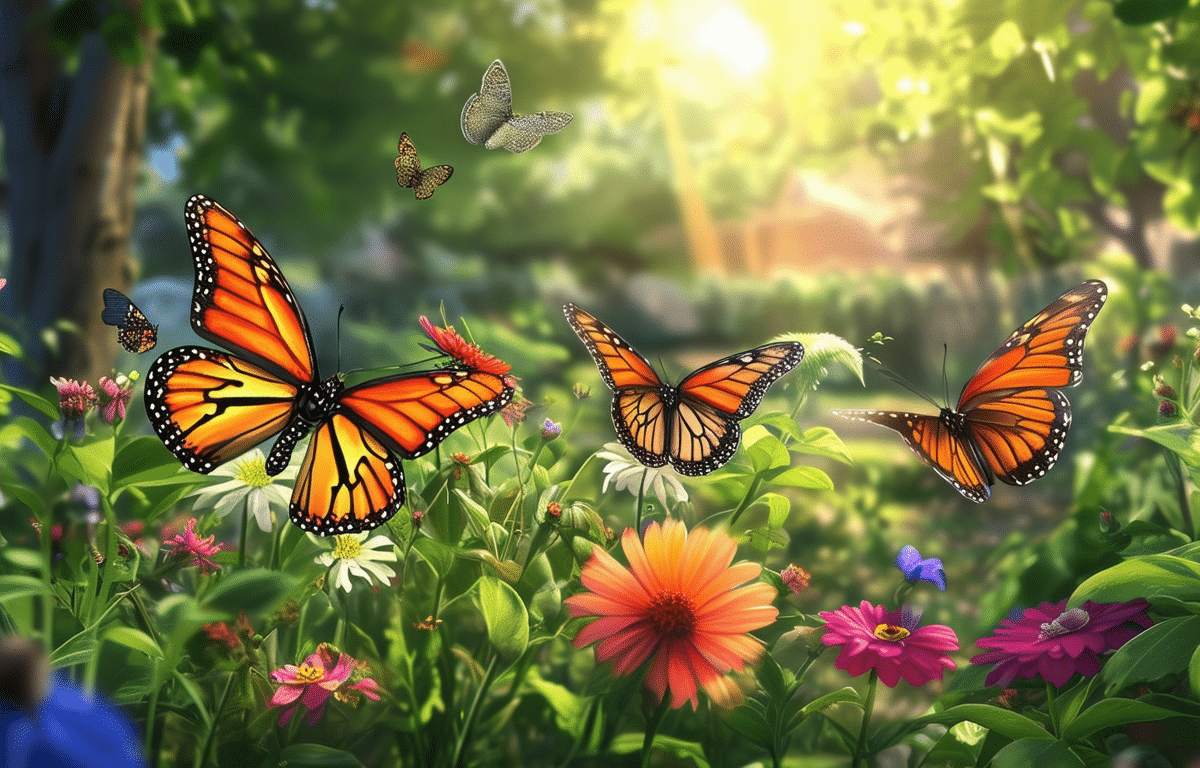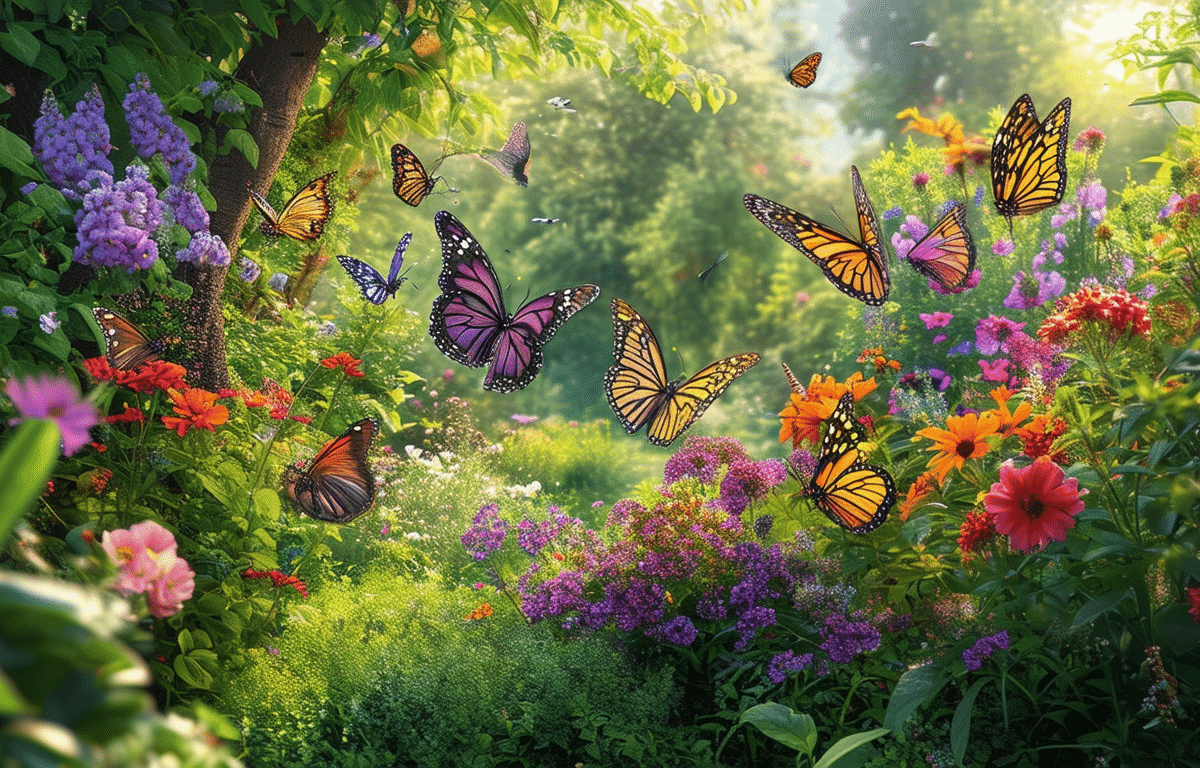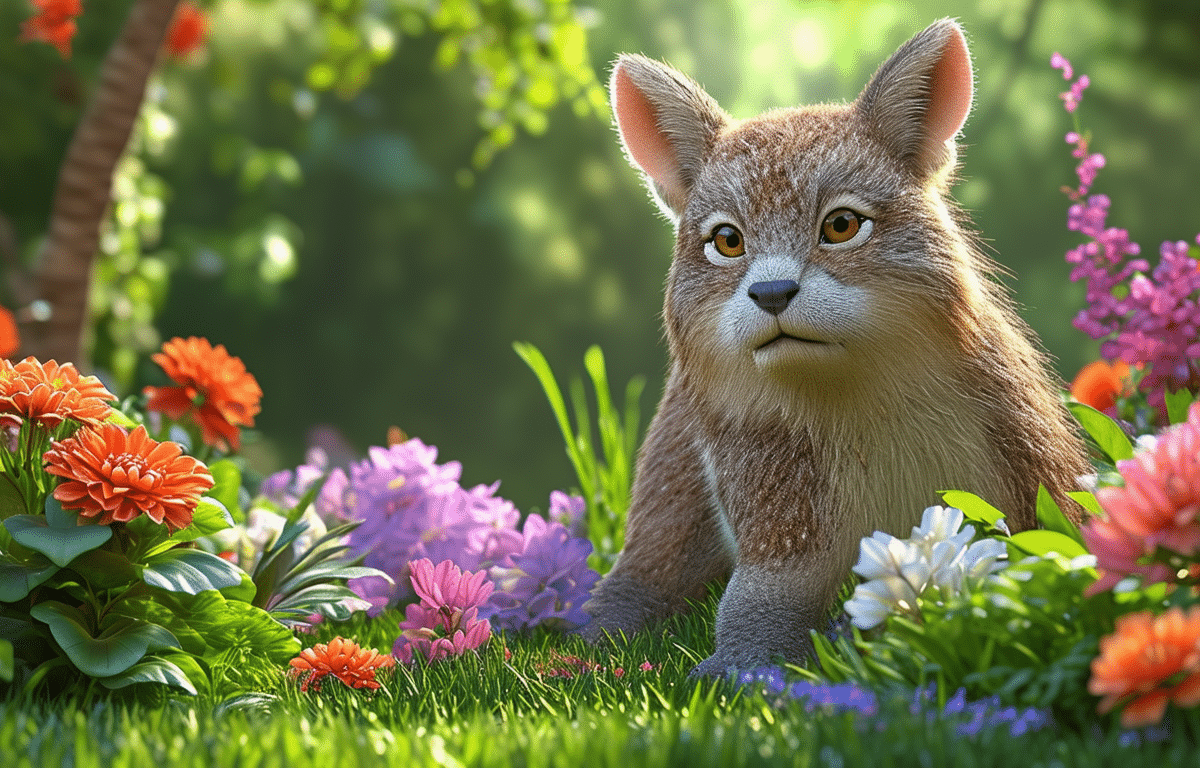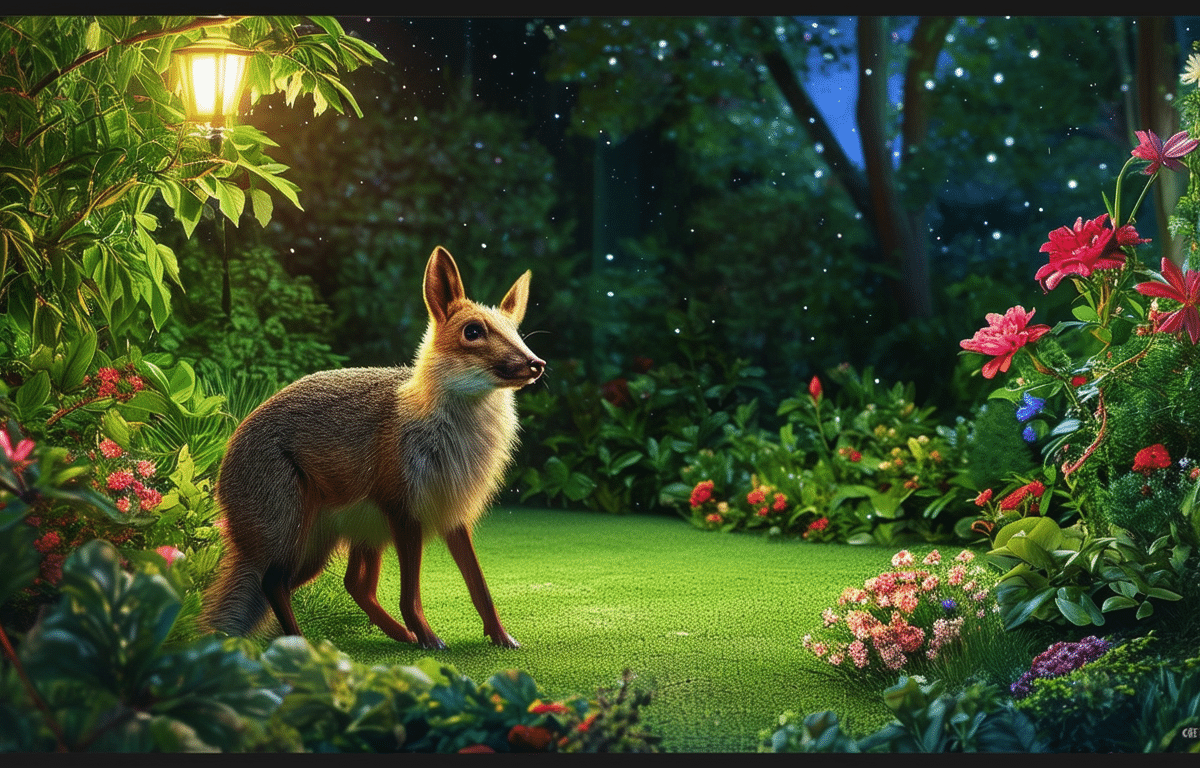Content
Angora rabbits are a symbol of elegance and tranquility in the animal kingdom, with their cascading fur and serene demeanor captivating countless enthusiasts around the globe. Their behavior is a rich tapestry, woven from strands of social cues, environmental interactions, and individual quirks that make each rabbit a unique individual, yet certain traits are common among this fluffy populace. Understanding these behaviors not only enhances the care one can provide but also fosters a deeper connection between the rabbits and their caretakers.
The Social Nature of Angora Rabbits

These adorable creatures are not the solitary types; they flourish in the company of their own species. When observing their interactions, one might notice the subtle social structure that dictates their everyday lives. Unlike other pets, they communicate through a variety of sounds, postures, and actions that might perplex the uninitiated but are rich in meaning. Recognizing their need for companionship is crucial in ensuring their emotional well-being, as a lonely rabbit often signifies a stressed one.
Understanding Angora Rabbit Behavior
To truly appreciate the nuances of their behavior, one must be willing to invest time and patience. These rabbits express joy through enchanting displays like the ‘binky,’ where they leap and twist in the air. They also exhibit a characteristic known as ‘flop,’ which indicates a state of utter relaxation and trust. When it comes to expressing dissatisfaction, they might thump the ground with their hind legs, a behavior that indicates fear or annoyance. Recognizing these behaviors is not only fascinating but also essential in ensuring that one can provide an environment that caters to their emotional needs.
Factors Influencing Behavior
It is important to consider that a myriad of factors can influence the behavior of these gentle animals. Their living environment plays a pivotal role. The comfort and security of their habitat directly affect their behavior, with spacious enclosures and safe nesting areas being of utmost importance to prevent stress-related behaviors. Diet, too, weighs heavily on their demeanor, requiring a balance of high-fiber hay, fresh greens, and an occasional treat to maintain both physical health and behavioral normalcy.
The behavior of angora rabbits is also inadvertently shaped by their human caregivers. The quality and quantity of human interaction can either be a source of joy or stress for these sensitive beings. Gentle handling, consistent routine, and gradual socialization contribute to a well-adjusted rabbit. Hence, how much and in what manner humans interact with angora rabbits can vastly affect their daily conduct.
Observation and Interaction
By now, it is clear that engaging with angora rabbits is both an art and a science, where keen observation and sensitive interaction go hand in hand. Decoding their behavioral signals demands vigilance and a willingness to learn from the rabbits themselves. This practice of observation can often mirror a meditative experience, fostering a state of calm and understanding between animal and human alike.
To optimize this interaction, here are key pointers to guide the process:
- Approach gently to avoid startling them, as sudden movements can induce stress.
- Observe their body language to gauge their openness to interaction.
- Establish a regular pattern of socialization to build trust and recognition.
- Be attentive to their reactions and adjust your approach accordingly to ensure a positive experience for both.
Creating a Stimulating Environment
The physical environment of angora rabbits is just as critical as the social one. Providing an environment that stimulates their natural behaviors such as foraging, digging, and hopping can greatly enrich their quality of life. An environment that closely replicates their natural habitat can prevent boredom and behavioral issues that arise from a sedentary lifestyle.
Consider incorporating the following in their living space to stimulate natural rabbit behaviors:
- Tunnels for exploration
- Safe wooden or hay-based toys for chewing
- Platforms for jumping
- Areas designated for digging
As with any animal, it’s essential to tailor the complexity and variety of stimuli to suit individual preferences, as each rabbit will respond differently to various environmental elements.
FAQ About Angora Rabbit Behavior
It is natural to have questions when understanding and catering to such multi-dimensional creatures. Here are a few frequently asked questions that arise in the care and observation of angora rabbits:
Q: How can I tell if my angora rabbit is happy?
A: Happy angora rabbits will often exhibit behaviors such as binkying, flopping, and gentle nudging. Consistent, relaxed behavior and a healthy appetite are also good indicators of contentment.
Q: Can angora rabbits be litter trained?
A: Yes, with patience and consistency, angora rabbits can be litter trained. They have a natural inclination to keep their living space clean, which aids the process.
Q: How do angora rabbits communicate with each other?
A: Angora rabbits communicate through a range of body signals, vocalizations, and even scent markings. Understanding these can provide insight into their social interactions.
Caring for and understanding angora rabbits is a journey filled with discovery and delight. By immersing oneself in their world, one soon realizes that their behavior is a reflection of their environment and the care provided. It is a gentle reminder that these creatures, with their luxurious fur and docile countenance, are deserving of patience and dedication, ensuring their world is as soft and pleasant as the cloud-like texture of their fur.


